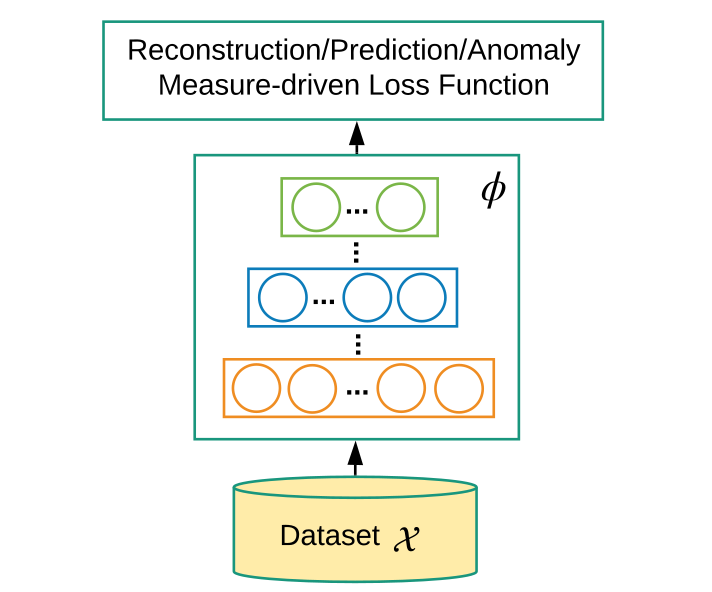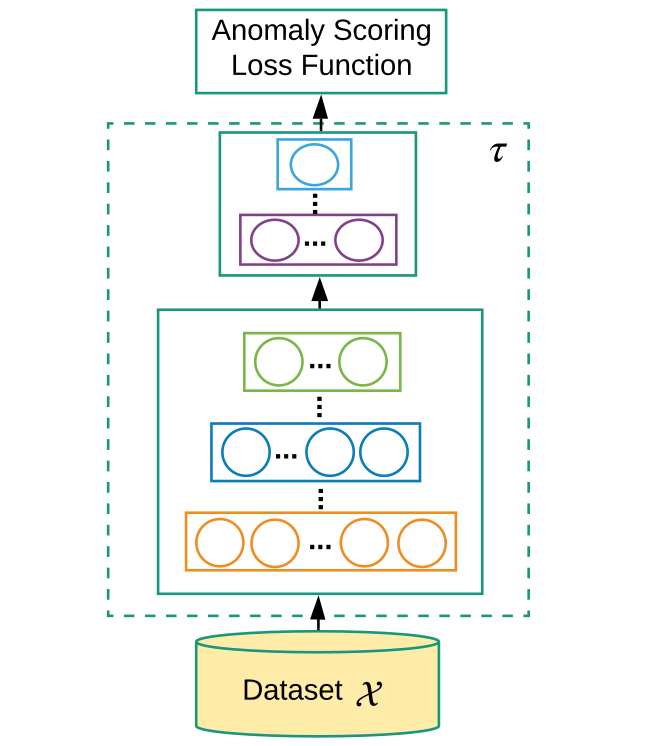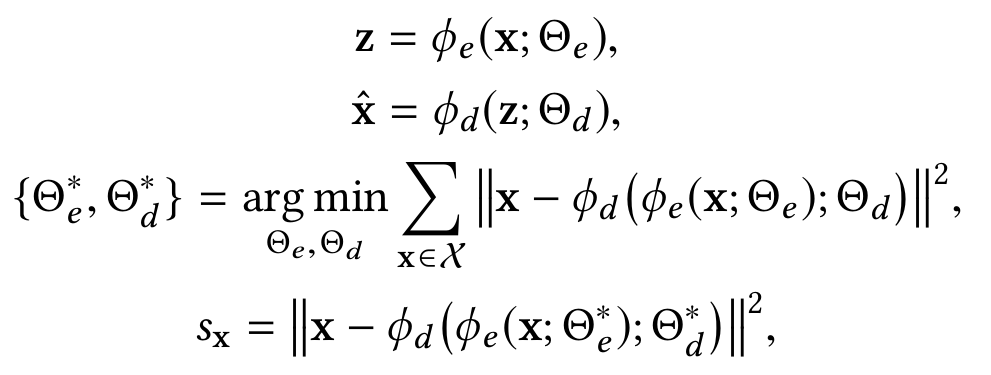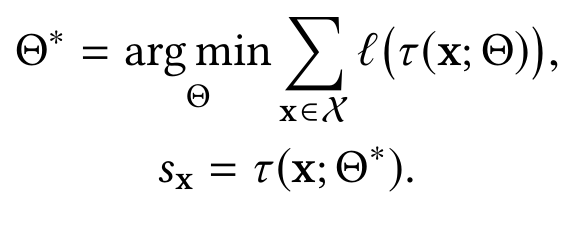Anomaly detection using deep learning techniques
Identifying anomalies (or outliers) in data is a challenge for scientists and engineers from various fields of science and technology. Although the detection of anomalies (objects suspiciously not similar to the main data set) has been engaged for a long time and the first algorithms were developed back in the 60s of the last century, in this area there are many unresolved issues and problems that people face in such areas as consulting, bank scoring, information security, financial transactions and healthcare. In connection with the rapid development of deep learning algorithms over the past few years, many modern approaches to solving this problem have been proposed for various types of studied data, be it images, recordings from CCTV cameras, tabular data (about financial transactions), etc.
- Deep Anomaly Detection (DAD) - :
: . . - , ,
:
:
: , , , ( - )
:
precision / ( )
[2] G. Pang .
:
Deep learning for feature extraction - , ( ), . DAD.
.2 . φ(·) : X→ Z Z, .

Learning feature representation of normality - φ(·) : X→ Z , , Z .

End-to-end anomaly score learning - end-to-end , anomaly score.

, .
Deep learning for feature extraction
. , PCA (principal component analysis) [3] random projection [4], , . MLP, , NNs , RNNs ().
, anomaly score .
Learning feature representation of normality
.1 .
Generic Normality Feature Learning. . , .

ψ - , l - , ψ, φ ( ), f - .
:
DAD , , . [5]
- , , , .

φ_e (.) - , , φ_d (.) - , . s_x (data reconstruction error) .
Generative Adversarial Networks
GANs - , , ( G) , ( D) .

G D - .
DAD , . , , . AnoGAN [6].
Predictability Modeling. .

x̂_(t +1) = ψ (φ (x1 , x2 , · · · , xt ; Θ); W),
l_pred l_adv - , .
, , . . [7]
Self-supervised Classification. , ( - (n - 1) , - , ). . , .
Anomaly Measure-dependent Feature Learning.
φ(·) : X→ Z, .

l - .
:
Distance-based Measure. , : DB outliers [8], k-nearest neighbor distance [9] . - , .
One-class Classification-based Measure. , , , . one-class SVM [10], Support Vector Data Description (SVDD) [11].
Clustering-based Measure. , , [12].
End-to-end anomaly score learning
, anomaly score.
:

τ (x; Θ) : X→ R , .
Ranking Models. end-to-end . , . Self-trained deep ordinal regression model [13].
Prior-driven Models. - the Bayesian inverse RL-based sequential anomaly detection. - , . [14].
Softmax Models. , . , .
Deviation Networks (end-to-end pipeline) [1]
, G. Pang , . .5 .
function φ - anomaly scoring network, . Reference score generator - , ( ). ( φ(x; Θ) μ_R) deviation loss function L, anomaly scoring network , , .
deviation loss function


y = 1, , y = 0 . , anomaly score , φ(x; Θ), dev(x) , , "a" ( ). .
, , . SOTA-. end-to-end .
[1] Deep Anomaly Detection with Deviation Networks. G. Pang
[2] Deep Learning for Anomaly Detection: A Review. G. Pang
[3] Emmanuel J Candès, Xiaodong Li, Yi Ma, and John Wright. 2011. Robust principal component analysis?
[4] Ping Li, Trevor J Hastie, and Kenneth W Church. 2006. Very sparse random projections.
[5] Alireza Makhzani and Brendan Frey. 2014. K-sparse autoencoders. In ICLR.
[6] Thomas Schlegl, Philipp Seeböck, Sebastian M Waldstein, Ursula Schmidt-Erfurth, and Georg Langs. 2017. Unsupervised anomaly detection with generative adversarial networks to guide marker discovery.
[7] Wen Liu, Weixin Luo, Dongze Lian, and Shenghua Gao. 2018. Future frame prediction for anomaly detection–a new baseline.
[8] Edwin M Knorr and Raymond T Ng. 1999. Finding intensional knowledge of distance-based outliers.[9] Fabrizio Angiulli and Clara Pizzuti. 2002. Fast outlier detection in high dimensional spaces.
[10] Bernhard Schölkopf, John C Platt, John Shawe-Taylor, Alex J Smola, and Robert C Williamson. 2001. Estimating the support of a high-dimensional distribution.
[11] David MJ Tax and Robert PW Duin. 2004. Support vector data description.
[12] Mathilde Caron, Piotr Bojanowski, Armand Joulin, and Matthijs Douze. 2018. Deep clustering for unsupervised learning of visual features.
[13] Guansong Pang, Cheng Yan, Chunhua Shen, Anton van den Hengel, and Xiao Bai. 2020. Self-trained Deep Ordinal Regression for End-to-End Video Anomaly Detection.
[14] Andrew Y Ng and Stuart J Russell. 2000. Algorithms for Inverse Reinforcement Learning.